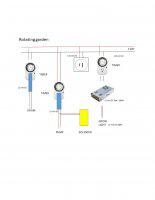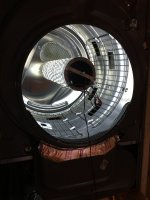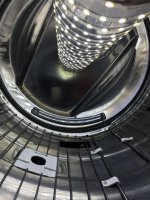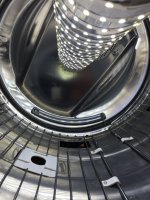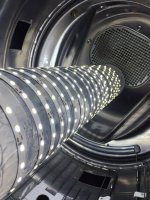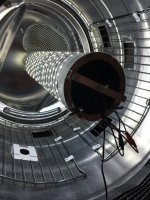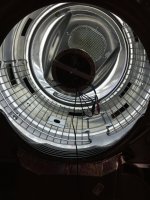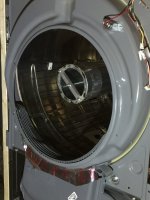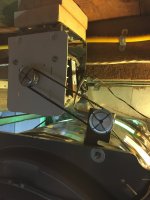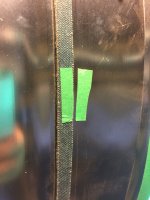Scottsquatch
Well-Known Member
Pretty nifty idea!
How To Use Progressive Web App aka PWA On 420 Magazine Forum
Note: This feature may not be available in some browsers.
The picture with the grate shows the inside of the drum. Under the white covers are rockwool cubes 4x4", they are attached on the outside of the drum. The drum rotates once per hour, under the drum is a reservoir with nutrients, the rockwool cubes pass through the nutrients in the reservoir. the rockwool transports the nutrients to the plant.
Brain cramping????? Lucky you!
I know people who have no brain....some are in politics......
Drum speed might need to timed by how much water the rw picks up on its pass through the reservoir. They suck up a lot of water.. How are you going to start the clones. I'm assuming you'll be using them.. I can't begin tell you how many times I've started one design, then had what I thought was a better idea..




